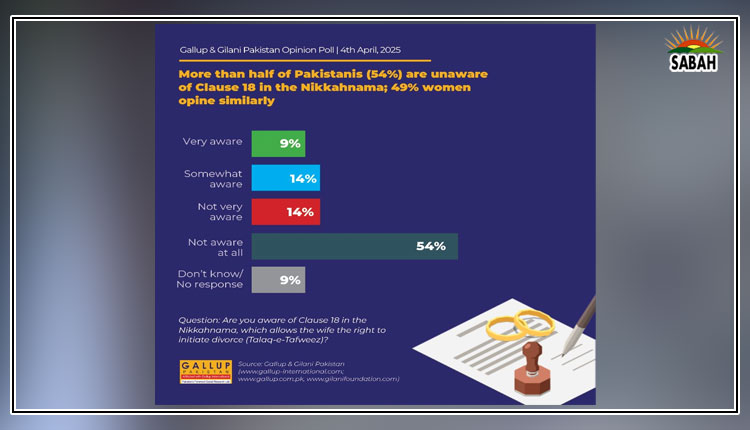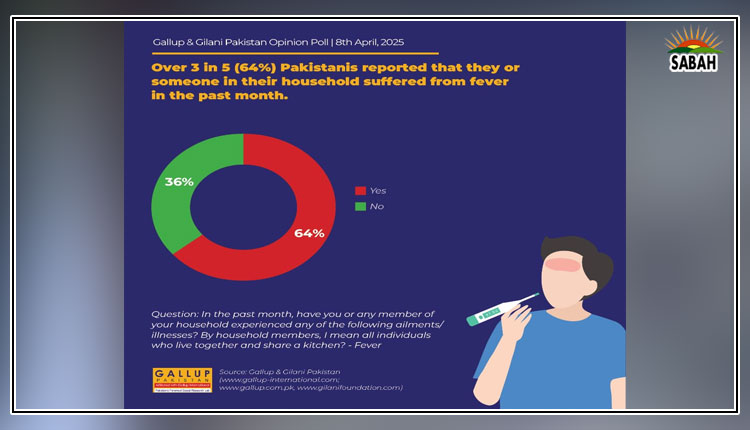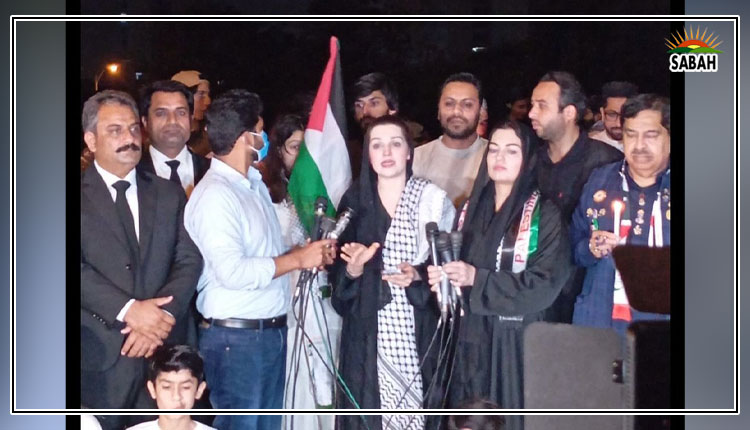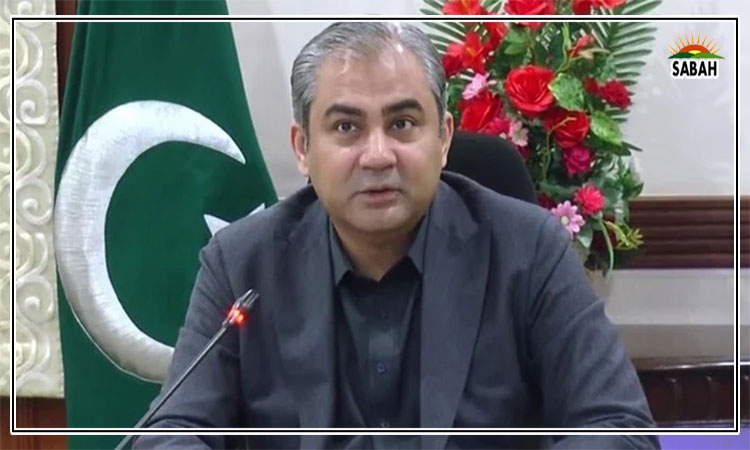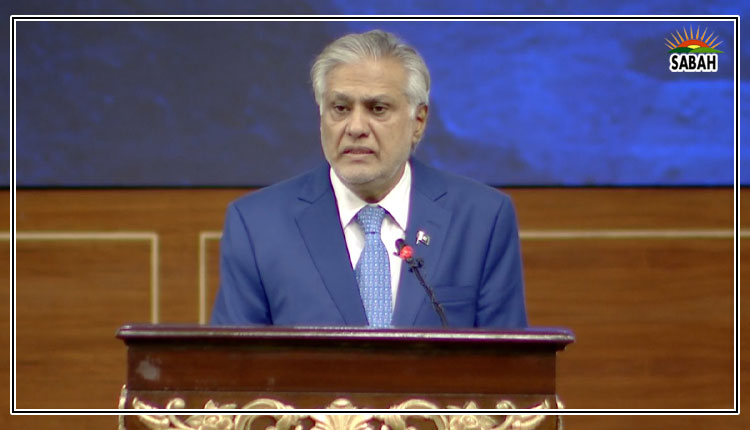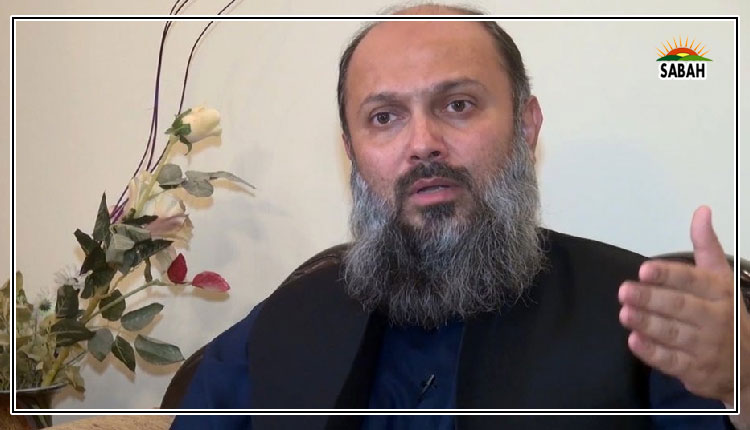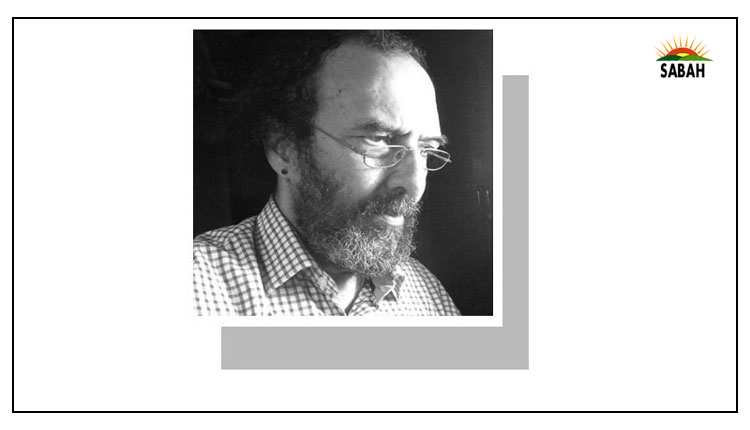Cherry-picking of India’s heritage…Jawed Naqvi
IT was Nehrus death anniversary on May 27, an occasion that sees little state involvement today, leaving the Gandhi family and a few Congress leaders offering rose petals at his shrine. The next day was V.D. Savarkars birthday, May 28, when a new parliament was inaugurated. That Nehru laid the foundations of a liberal democracy, and the current prime minister is set on destroying, it is a scarcely contested reality.
Nehru was a learned scholar who dreamt of India taking its place in the comity of free nations. His confessional appraisal of the challenges facing the new nation could not be missed when he described the responsibility of leading a complex and impoverished people. Now the time comes when we shall redeem our pledge, not wholly or in full measure, but very substantially.
The current prime minister is incapable of anything that resembles modesty. Forget Nehrus scholarship, Modi has placed an official bar on inquiring into his educational qualifications, which many say are suspect.
The worrying thing though is that Nehru was a popular and charismatic prime minister, and so is Narendra Modi. Ergo: you can establish a thriving democracy and be popular, and you can destroy a robust democracy and become popular. There are two distinct strands in Janus-faced India, one that looks to as great a future as is humanly tenable, and the other that finds nourishment in pronounced atavism, which these days passes for high culture.
Under the circumstances, what should one consider as truly disagreeable: the release of convicted killers and rapists on the countrys independence day, not without political calculation, or the beating up of women wrestlers by the police after they accused the head of the wrestlers federation, a ruling party MP, of sexually molesting them?
The misogyny seems to run deep. There is the case of a high court judge who recently ordered the study of the horoscope of a rape victim because her assaulter allegedly refused to heed the courts advice to marry her, claiming the womans stars were unpropitious. And the court evidently set out to investigate if indeed the woman was star-crossed.
The flip side is that there is a sensible supreme court currently that is ready to rein in such outrages in its realm. Point to note is that the beating of the Olympian wrestlers happened as the prime minister rehearsed for the opening of the new parliament building, which he had ordered built a couple of years ago.
2023 BC! The remonstrative five-column headline could be a reference to any of the occasions of marching into the past. Shown alongside in the remaining three columns on the front page of Kolkatas Telegraph was Mr Modi in a slow march into the spanking new Lok Sabha. He wore a dhoti signifying an ancient Hindu tradition, discarding his preferred pajamas, and carried a brass sceptre he had plucked from a museum of Nehruvian memorabilia in Allahabad.
The Sengol, the Tamil name for the sceptre, was a symbol of sovereign power used by the Chola kings of southern India. Modis spin doctors claimed the stick depicted righteousness. The retrieved sceptre was passed on to the sadhus, obviously, with instructions to hand it back to the prime minister in the glare of TV cameras, thereby heralding the garishness with which the new parliament building was opened.
There was little that critics could do about the inappropriateness of unelected religious busybodies let loose in the heart of Indias once-fabled but now clearly troubled secular democracy. Opposition parties stayed away, and others exchanged editorials, cartoons, caricatures and witty one-liners in the absence of a political mechanism to stop the slide.
Newslaundrys online Hindi programme Tippani (comment), one of my new favourites, carried a telling comparison with another event. Its footage showed King Charles walking to the throne carrying not one but two sceptres, one in each hand. The Archbishop of Canterbury and some other senior priests ambled behind the new king in an ornate ceremony. The other half of the Newslaundury screen showed Mr Modi in a poor re-enactment as it were, carrying the Sengol to the accompaniment of a bunch of sadhus chanting praise to Hindu deities.
The mind strays to former Congress minister Kapil Sibal when he was not an MP. The lawyer was pleading a case against a supreme court judges possible impeachment. Sibal addressed the Lok Sabha members from the fringe of the house. A wicket barrier was set up to not permit the lawyer to step an inch beyond his assigned place near the door.
The rare hearing during the Narasimha Rao era went on for days, with Sibal eventually winning. There was a certain grace and decorum about the event. A non-member could be heard but only from the door of the Lok Sabha.
But now there was the spectacle of the sadhus with their Falstaffian girths looking every bit invidious for the easy access they enjoyed with Indias prime minister, plonked inside the chamber created exclusively for the peoples elected representatives. Such transgressions are not unknown in the odd country here or there. Afghanistan is a prime example.
Whatever else may have happened in ancient India, including 2023 BC, it is important to our reality that there was a persistent challenge to the hegemony of the Brahminical order led by the much-maligned atheists, or the ancient nastikas and charvaka.
That being the legacy of Indias ancient society, what gives the right to anyone to cherry-pick aspects of the heritage today, thereby excluding what was brilliantly Indian about the past: the questioning spirit, the challenge to the old order? Charvaka holds direct perception, empiricism, and conditional inference as proper sources of knowledge.
It embraces philosophical scepticism and rejects ritualism and supernaturalism, making it rather different from the spectacle on offer at the new parliament.
Courtesy Dawn


